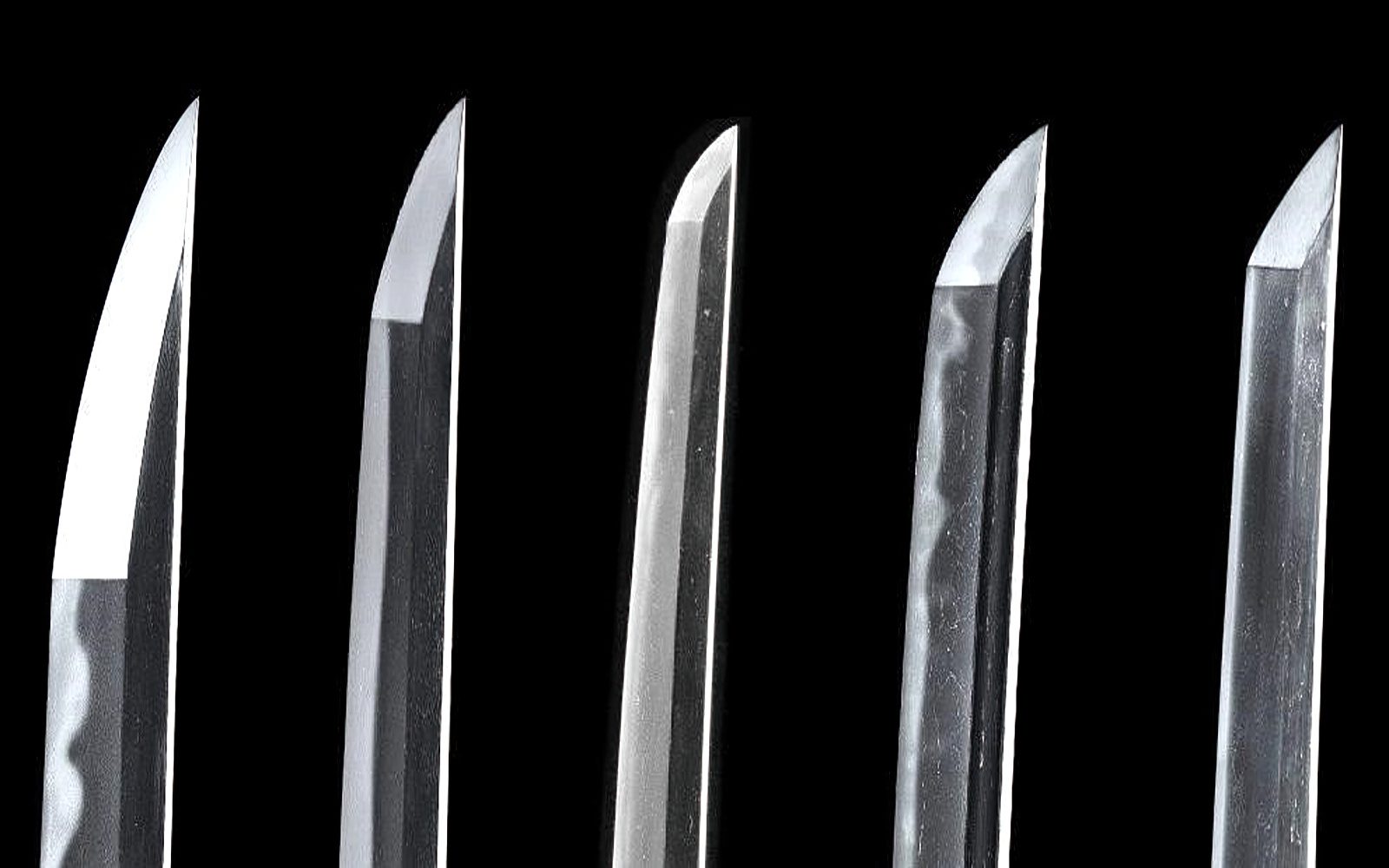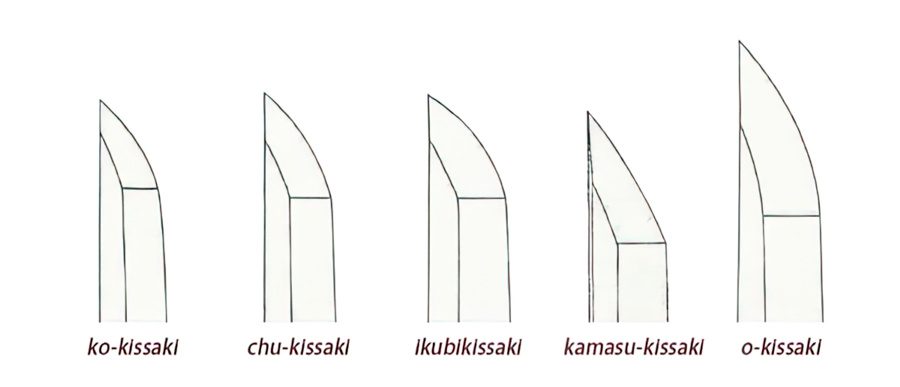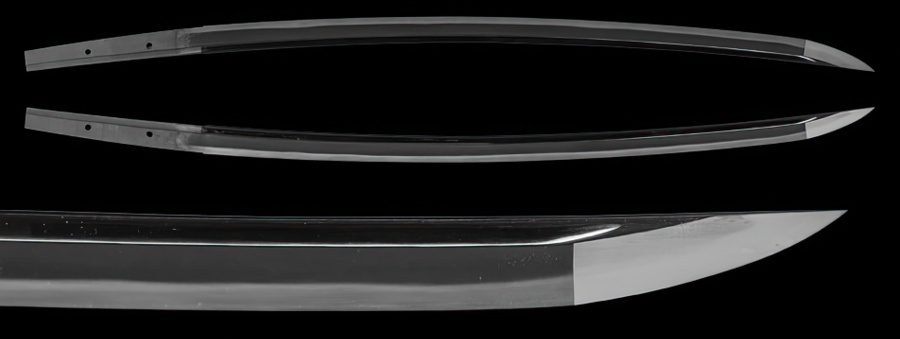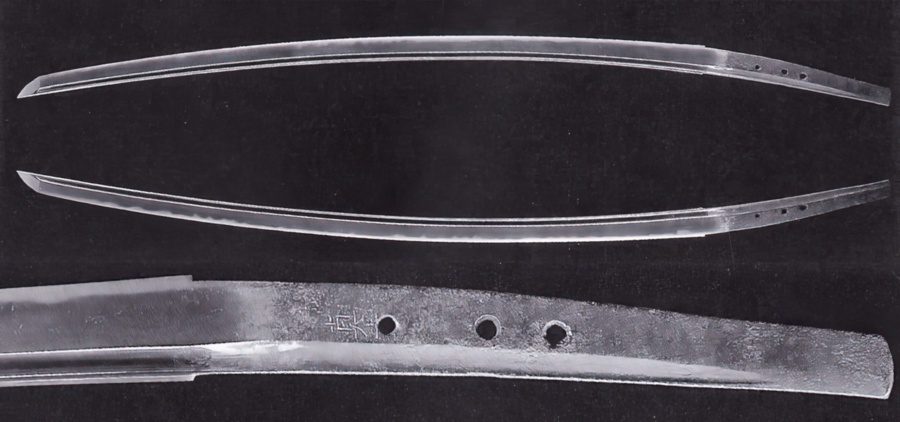5 Types of Kissaki(Blade Tips) in Japanese Swords

The kissaki or tip of a Japanese blade varies in construction across various swordmaking traditions and historical periods. Each type of kissaki offers slight differences in performance and is mainly influenced by the individual preferences of swordsmiths and the trends of the era.




KEY TAKEAWAYS:
- The basic types of kissaki are the o-kissaki (large), chu-kissaki (medium), ko-kissaki (small), ikubi-kissaki (stubby-shaped), and kamasu-kissaki (saury head-shaped).
- The type of kissaki is influenced by various factors such as the swordsmith’s preference, school, current trends, type of blade, and more.
- Some shortened swords retained their original kissaki shapes, while others were altered during restoration and polishing.
The Various Types of Kissaki

“Kissaki” specifically refers to the fan-shaped area at the tip of a Japanese blade. Depending on the overall length and width of the blade, a kissaki may be classified into different types. The design of the sword tip was influenced by the individual preference of the swordsmith, training, and trend at the time.
1. Ko-Kissaki (Small)

A ko-kissaki (小鋒) is a small point. Shorter or narrower in proportion to the blade’s width near the tang, it is common in tachi produced during the end of the Heian period and the beginning of the Kamakura period. As a general principle, the smaller the ko-kissaki, the older the blade, with the exception of later works that may be inspired by earlier blades.
2. Chu-Kissaki (Medium)

A chu-kissaki (中鋒) or medium-sized blade tip has a medium length in proportion to the blade’s width near the tang. It is the most prevalent type and found throughout all periods, beginning in mid-Kamakura, from 1232. In fact, it was during the early Kamakura period when the kissaki had a slight increase in length and width. By the middle of the period, it evolved to become a full chu-kissaki.
3. O-Kissaki (Large)

An o-kissaki (大鋒) or large point can sometimes appear to be exaggerated compared to the blade’s width and length. It is mostly observed in blades from the Nanbokucho period, and Keicho-Shinto and Shinshinto eras.
The mid-Nanbokucho period saw the use of extremely long odachi, a time where Japanese blades were at its longest and biggest. Although many of these oversized swords have been shortened, they can be identified by their large kissaki.
During the Momoyama to early Edo period, oversized mid-Nanbokucho blades became popular, but in shorter lengths. As a result, some katana blades featured an o-kissaki.
4. Ikubi-Kissaki (Stubby Shaped)

An ikubi-kissaki (猪首切先) is a blade tip that resembles the neck of a wild boar. It is similar to the ko-kissaki, but appears wide and stubby. The tip is approximately as wide as the blade and its length is similar to its width.
An ikubi-kissaki is usually found on blades from the mid-Kamakura period, especially those that follow stouter and wider designs compared to the slender tachi that was still being produced at the time.
5. Kamasu-Kissaki (Saury Head-shaped)

A kamasu-kissaki (魳鋒 or 鰤鋒) is a blade tip resembling the head of a saury pike or barracuda (kamasu), a variety of long snouted fish. The cutting edge of the tip has virtually no curvature (fukura). A kamasu-kissaki is mainly found in chokuto, blades from the early Koto era and reproductions of similar designs.
